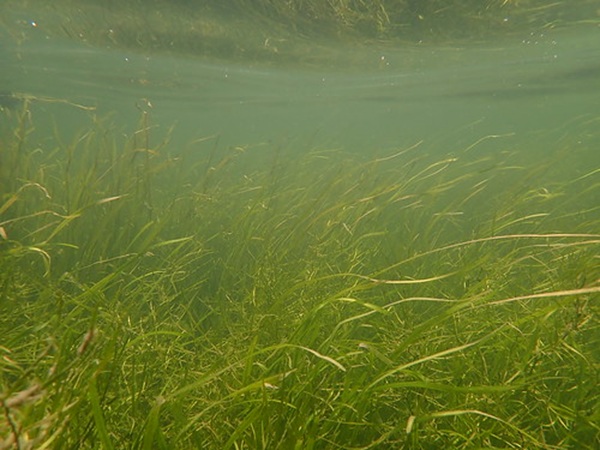ANNAPOLIS, MD—Underwater grass abundance in Maryland’s portion of the Chesapeake Bay saw a slight decline in 2024, falling short of the state’s long-term restoration goal, according to new data from the Maryland Department of Natural Resources.
The department reported Tuesday that submerged aquatic vegetation (SAV), a key indicator of the bay’s health, dropped to 36,794 acres in 2024, a decrease from 38,188 acres in 2023. The total remains significantly below the state’s 2025 restoration target of 79,800 acres.
The annual survey, conducted by the Virginia Institute of Marine Science, found that while freshwater SAV beds in some rivers performed well, these gains were overshadowed by substantial losses of widgeon grass in the mid-Bay.
“The resilience we’re seeing in freshwater SAV beds this year is encouraging and reflects years of targeted restoration, outreach, and monitoring,” said Brooke Landry, DNR’s SAV Program Chief. “But sharp declines in widgeon grass across the mid-Bay are concerning, especially given how quickly this species can respond to changes in water quality.”
Landry noted that the shifts underscore the need for sustained action to improve local conditions and maintain the habitats that so many Bay species rely on.
SAV, commonly known as bay grasses, plays a crucial role in the Chesapeake Bay ecosystem by providing habitat and nursery grounds for fish and blue crabs, improving water quality by absorbing excess nutrients and stabilizing sediments. They also help buffer the bay against climate change impacts.
Despite the overall loss, several freshwater rivers and creeks surpassed their individual restoration goals. The North East River reached 165% of its goal, the Bush River hit 133%, and the Back River surged to 275%. The upper Chester River reached 274% of its goal, and Mattawoman Creek on the Potomac River reached 110%.
Additionally, the northern Chesapeake Bay’s Susquehanna Flats segment reached 90% of its 12,149-acre goal, and the area just south of the flats achieved 88% of its 754-acre goal.
The decline was most pronounced in the mid-Bay, where substantial losses of widgeon grass and other saltier-water species were observed. Areas with significant drops included Eastern Bay (-36%), the mouth of the Choptank River (-41%), the Little Choptank River (-83%), Fishing Bay (-83%), and Tangier Sound (-8%).
According to the DNR, widgeon grass is the most widespread SAV species but is sensitive to abrupt changes in salinity and water quality. Scientists believe the 2024 losses may be linked to storms that delivered fresh, turbid water during the spring and early summer.
DNR scientists are also investigating whether abnormally high water temperatures may have impacted widgeon grass seed production in 2023, which would have affected the species’ ability to expand in 2024.
The department emphasized that protecting and restoring SAV is essential to the long-term health and resilience of the Chesapeake Bay.
Photo: A mix of wild celery (Vallisneria americana) and water stargrass (Heteranthera dubia), both freshwater underwater grasses. Photo by Brooke Landry, Maryland Department of Natural Resources.


